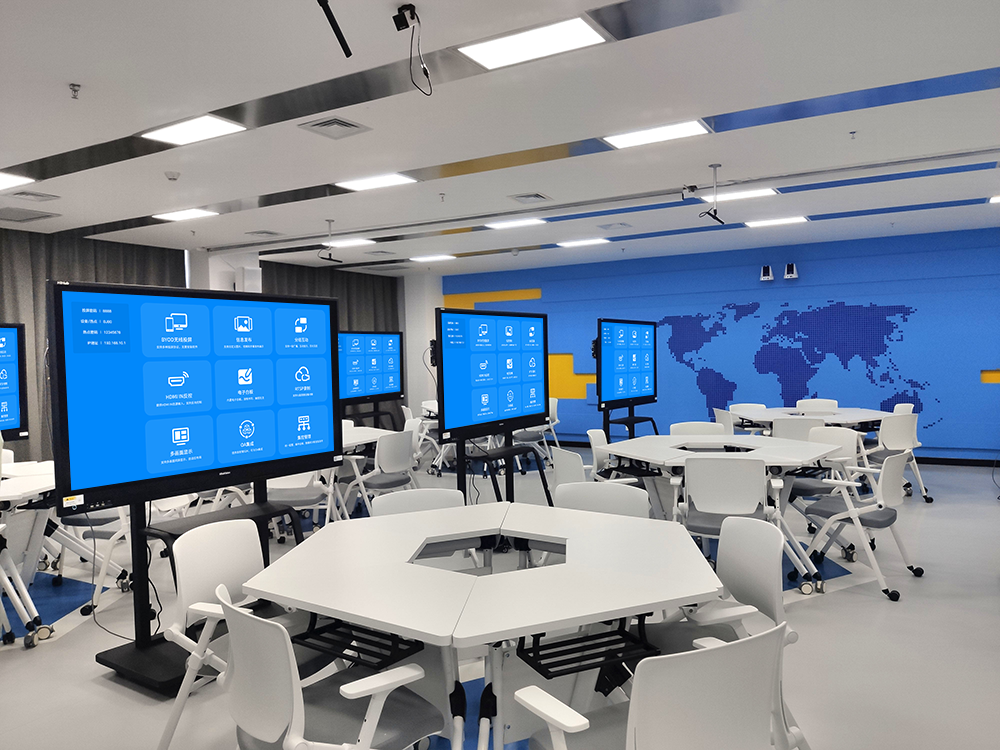Beyond Screen Mirroring: How Google Cast Empowers Future Smart Classrooms?
Today’s Google Cast has already made screen sharing in interactive classrooms simple. But its potential goes far beyond that. Through integration with the Google education ecosystem and other technologies, Google Cast is becoming one of the core components for building future smart classrooms.
Deep Integration with Google Classroom
Imagine a scenario: a teacher assigns homework in Google Classroom. After students complete it, they can directly click the Cast button in the assignment interface to project their results onto the classroom’s large screen. The teacher can annotate and grade on the spot, and the grading results automatically synchronize back to Google Classroom and are recorded. This forms a perfect closed loop of teaching, display, and assessment.
Supports Hybrid Learning Models
For hybrid learning that combines online and offline components, Google Cast can play a unique role. Students in the physical classroom can share their screens as usual. At the same time, the teacher can share this large screen content with remote online students via video conferencing software (like Google Meet), ensuring all participants receive consistent visual information and an immersive experience.
Building a Centrally Managed Digital Signage System
During non-class hours, the school’s IT department can use the Google Cast management backend to uniformly push notifications, schedules, campus news, or educational videos to the Cast devices in all classrooms, allowing the interactive classroom equipment to create value even during off-hours.
From a single screen mirroring tool to a platform entrance connecting teaching content, teacher-student interaction, and campus management, Google Cast’s technical characteristics give it the potential to support the comprehensive digitalization of future smart classrooms. Its future is to become an omnipresent, on-demand information bridge in the educational environment.